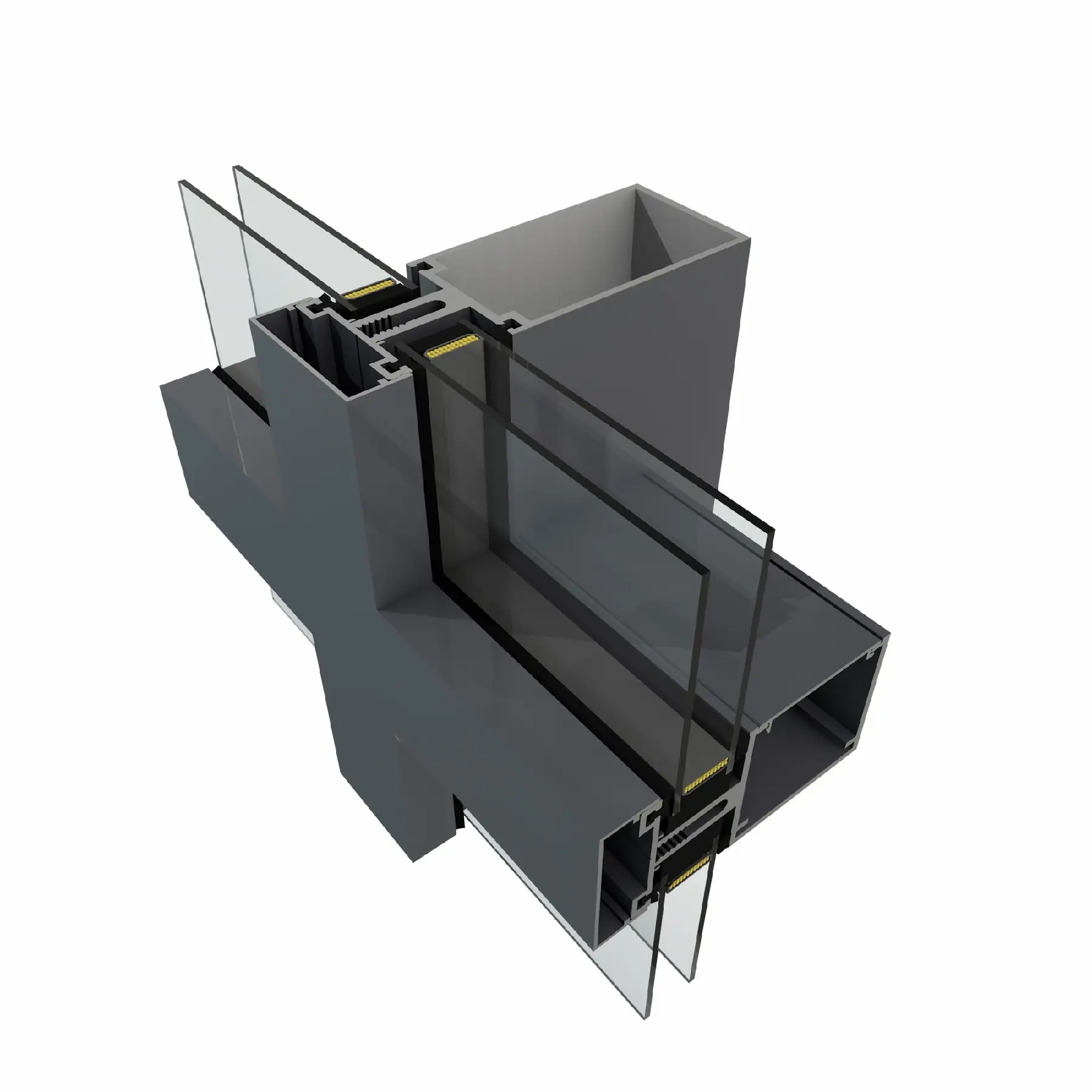Benefits of Curtain Wall Facades: The use of curtain walls in commercial building designs became an enduring trend for many aesthetic and energy efficiency reasons.Curtain walls are a relatively prevalent and noticeable feature in modern structures. Therefore the use of curtain walls in commercial building designs became an enduring trend for many aesthetic and energy efficiency reasons. When used in contemporary designs, curtain walls have several benefits, some of which are highlighted below.
Natural Lighting: Just as large windows allowed natural light into interior spaces, curtain walls flooded the interiors with natural light. When glass walls replaced masonry construction in commercial buildings, the depth and reach of light penetration improved, reducing the need for artificial lighting and consequently, cutting down on lighting bills. Additionally, windowless areas toward the middle of the floor became appealing and usable workspaces.
















































































































